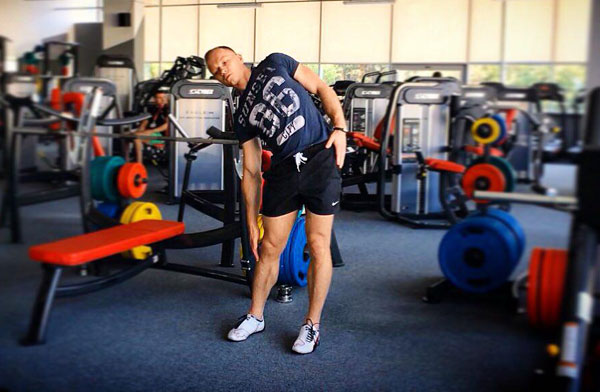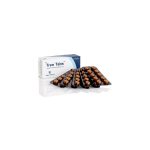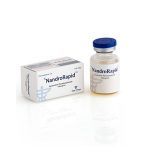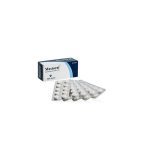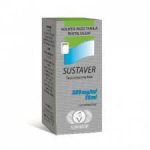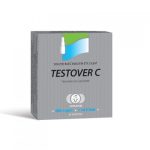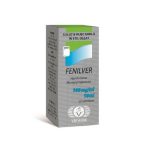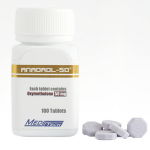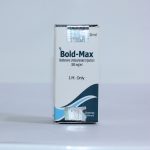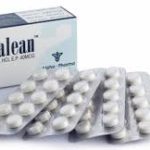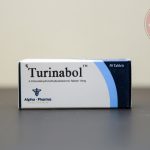Warm up before training
Regardless of whether your plan is a normal body weight training or a simple run, the warm up should be the first number in the to-do list (after preheating). But what is the ideal way to do the warm up?
Experts agree that the warm up should heat and stretch (relax) the body, also help to adjust mentally. However, there are several steps that you should avoid.
That – that it is necessary always to remember
When it comes to strength training and other diverse sports, the coach is required to give a warm-up as a preparation for warming up the joints, muscles and ligaments, also to give them flexibility. For this, a dynamic warm up is performed.
This popular method of warm-up is that all joints and muscles are kneaded in different directions singly.
Then follow the complex movements that knead and stretch your muscles.
Classical dynamic movements are alternate attacks on the spot, running in place with the rise of the knees to the chest and running in place with the sweeping of the shin.
Carrying out the warm-up correctly, we insure ourselves from getting injuries and strains during the main workout.
Studies show that warming up results in endurance exercises or when performing prolonged cardio. It will also be useful to perform warm-up sets in exercises 1-2 before the main working weights.
As for static stretching, leave it for the end of the workout. Numerous studies show that it can interfere with work and increase the risk of injury.
Your ideal action plan
Each warm-up will be different, depending on your fitness training and the purpose of your workout. But as a starting point, start with these three basic goals for a simple warm-up.
- Boost your pulse
Increased heart beat warms your muscles and switches your nervous system into working condition. Make an easy cardio – bike, run or ellipsoid. Choose a load mode so that you can talk with your interlocutor (or sing along with your playlist).
It is enough to perform 5-10 minutes.
- Warming and dynamic stretching
Warm up your joints, muscles and prepare your body for exercises with complex movements. Begin to perform rotational movements of the hands, neck, elbows and shoulders. Then go to the legs, make rotational movements in the hip, knee and ankle joints.
Stretch your warm muscles, but do not hold them. Remember: static stretching during warm-up can actually interfere with your work. Instead, perform dynamic stretching, which involves continuous movement over the range of motion.
For example, perform a flap with your hands in front of you up and in your side. Also machi hull in the side. Make the slopes forward, back and sides.
- Warm up approach.
Do the exercises planned for your program, do one or two light warm-up sets. This will help to better remember the movement, warm up the muscles and prepare for more complex loads.
Our variant of performing warm-up and stretching muscles before strength training, look at the video.
We do exercises for warm-up
We begin with the rotational movements of the wrist joints and the turns of the neck 5 times in each direction.
Then follow the elbow joints. The humerus bones are raised parallel to the floor, fixed and begin to rotate the arms forward and backward.
After elbows, do exercises on the shoulder joints. Hands touch the shoulders and begin to perform circular movements of the shoulder forward and back, doing 5 times in different directions.
After the shoulder joints, we perform exercises for dynamic stretching of the muscles.
We begin with the muscles of the chest and shoulders.
Keeping your hands straight, you swing up and down, changing your hands in places. The same thing we do with straight hands, performing the flies in front of us. You can perform several swings with bent hands, thereby achieving greater stretching of the muscles of the chest.
Next turn the muscles of the back and oblique muscles of the abdomen.
We stretch our arms up and make alternating lateral slopes.
It is necessary to do 2-3 times in each direction.
Make lateral flanks of the body to the right to the left 3 times.
Further we continue to execute the slopes, but already forward and backward. You can additionally make lateral slopes, but with your hands down, down. These exercises will help us to warm and stretch the muscles of the lower back and abdomen; muscles and ligaments of the posterior surface of the legs.
After the incline, proceed further to the warm-up of the joints of the lower extremities.
We begin to perform alternate rotational movements in the hip joints. We lift one leg, bent at the knee and perform 5 turns in both directions. Then follows the turn of the other leg. Performing the exercise, keep your hands on your waist. This movement is well developed coordination and a sense of balance.
After warming up the hip joints, we do an exercise for the knees. We put our feet together, and start to perform the rotational movements of both legs, slightly squatting. We do 5 rotations in each direction.
The last exercise is circular movements of the ankles. We lift one leg and also do 5 turns in both directions for each leg.
Use of warm-up before training:
- You warm up the muscles, ligaments and tendons, this improves their elasticity and reduces the risk of injuries and strains.
- The warmed muscles are better compressed and relax during training, which means that your strengths will be higher during the exercises.
- Exercises for warm-up optimize the activity of the cardiovascular system: this will help reduce the stress on the heart during training.
- Warm-up before exercise improves blood circulation, which will saturate your muscles with oxygen and nutrients. This will help improve endurance during class.
- During warm-up, your body increases the production of hormones responsible for energy production.
- Training is a kind of stress for the body, so a qualitative warm-up will prepare you for the loads from the mental point of view, improve coordination and attention.
- During light warm-up exercises, adrenaline is released into the blood, so that your body will better cope with physical stress.
- Warm-up speeds up metabolic processes.

